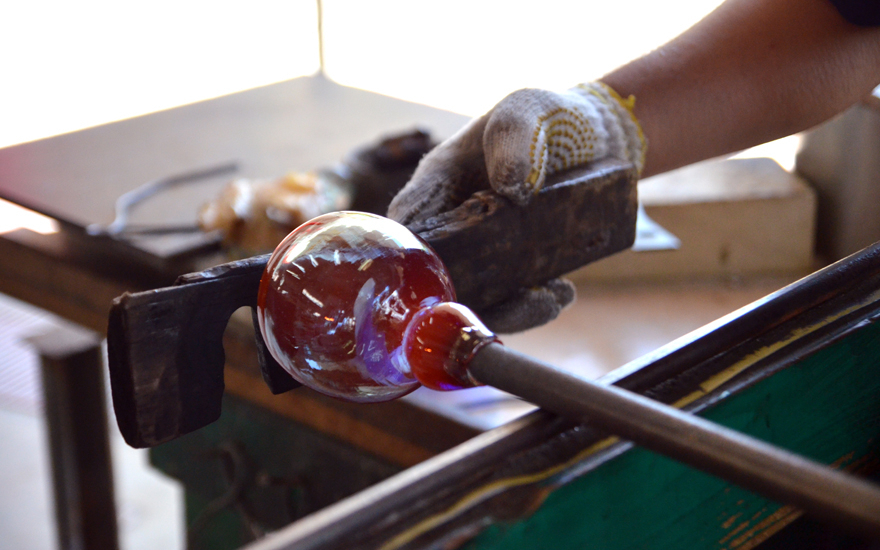
#126 made in Japan 2
Found MUJIでは、8月2日(金)から「made in Japan 2」をご紹介します。
小さな島国、日本。交通が便利になり、情報が行き交うようになった現代でも、訪れる地方それぞれの文化の違いに驚きます。各地でものづくりが発展した江戸時代、地方色あふれる産業が次々に生まれました。明治期以降から近代にかけて工業化が進む一方で、古くからの技法や手仕事も大切に残されてきました。藍染めを少しでも美しくと工夫した絞り染め、民藝運動に見い出された日用品の器、戦後の物資不足から生まれた再生ガラスなど、背景を知るほどに、この国で生きてきた人々の営みが、そのままものに現れていることに感動を覚えます。何事も効率化された現代の生活に慣れた目で見れば、ひとつひとつに気の遠くなるような手間がかけられています。それでも人から人へ、何代にも渡り受け継がれてきたのは、手仕事にしか出せない暖かみのあるものの魅力が、いつも人々を魅了してきたからに他なりません。
Japan, a small island nation. While it is now easy for people, things, and ideas to travel in modern Japan, one can find a surprising amount of cultural diversity when traveling to different local regions.
During the Edo Period, when manufacturing moved forward in each area of the country, one Japanese industry full of local flavor after the next was born. Though industrialization pushed ahead from the Meiji Period to the present day, older techniques and methods of manual labor were also carefully preserved.
One can be moved by learning the backgrounds behind techniques such as tie-dyeing that give another extra bit of beauty to indigo dye, bowls used for everyday purposes with roots in the Mingei folk art movement, and recycled glass born from a post-war lack of materials. The lives of Japanese people throughout history manifest themselves in these items.
Looking at these with modern eyes, which are used to seeing a world that has been optimized time and time again, an extraordinary amount of effort has been spent on every single item. Still, these techniques have been passed from person to person over the ages, as their charm from the warmth that can only come as a result of handwork continues to mesmerize.
【ご紹介する商品】
ほぐし織(山梨県)/高岡銅器(富山県)/金沢桐工芸(石川県)/有松・鳴海絞り(愛知県)/因州の器 1(鳥取県)/因州の器 2(鳥取県)/琉球ガラス(沖縄県)/
開催期間:2013 年8月2日(金)~9月12日(木)まで
開催店舗:有楽町/池袋西武/自由が丘/グランフロント大阪/MUJIキャナルシティ博多/テラスモール湘南/Found MUJI 青山